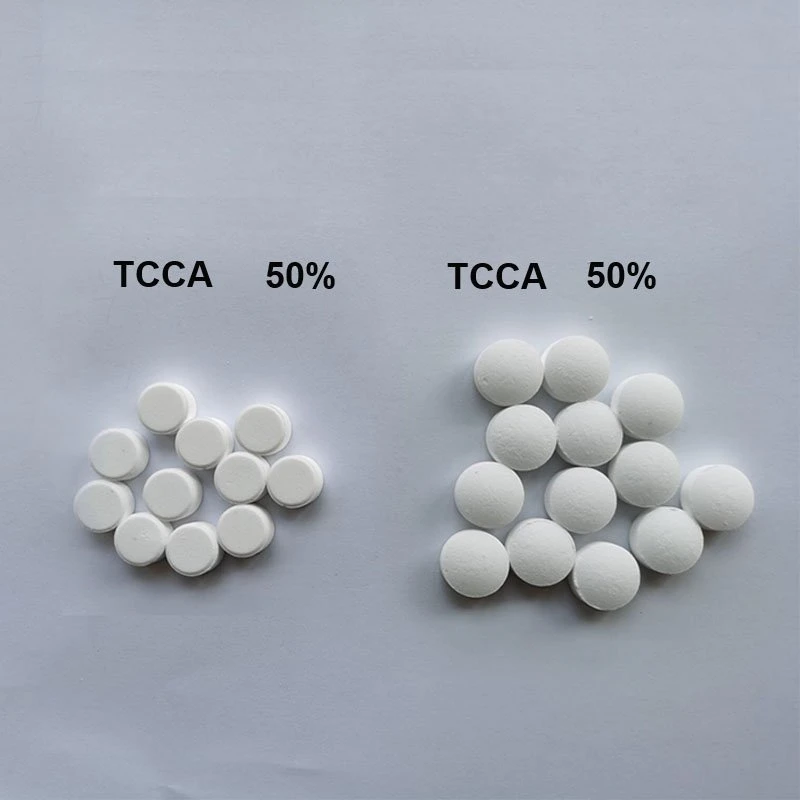



Sodium Sulfide Solution Properties and Applications in Various Industries
The Role of Sodium Sulfide Solution in Various Industries
Sodium sulfide (Na2S) is an inorganic compound that plays a vital role in various industrial processes. Often available in the form of a colorless solution, sodium sulfide solution serves a multitude of purposes, particularly in the fields of metallurgy, mining, and chemical manufacturing. This article explores sodium sulfide solution's characteristics, applications, and safety considerations.
Characteristics of Sodium Sulfide Solution
Sodium sulfide is typically obtained through the reaction of sodium hydroxide (NaOH) with sulfur or by the reduction of sodium thiosulfate. The resulting solution appears as a clear to slightly yellow liquid, possessing a strong alkaline pH. Sodium sulfide is highly soluble in water, which is a key feature that enhances its industrial utility.
The solution is characterized by its highly reducing properties, making it effective in various chemical reactions. It has a distinctive smell, often described as rotten eggs, due to the presence of hydrogen sulfide (H2S) gas that can be released during its handling or use. It is crucial for workers dealing with sodium sulfide to understand its properties to mitigate any potential hazards effectively.
Applications in Industry
1. Mining and Mineral Processing One of the primary applications of sodium sulfide solution is in the mining industry, specifically in the extraction of metals from ores. The sulfide acts as a collector in the flotation process, whereby valuable minerals are separated from waste material. For example, in the case of copper and lead mining, sodium sulfide is used to enhance the recovery of these metals by forming metal sulfide complexes that can be readily floated and collected.
2. Pulp and Paper Industry Sodium sulfide plays a crucial role in the pulping process of wood to produce paper. It is often employed in the kraft process, where it helps in breaking down lignin—the substance that binds cellulose fibers together. The use of sodium sulfide in this capacity not only improves pulp yield but also contributes to the production of high-quality paper products by enhancing fiber quality.
sodium sulfide solution

3. Textile Industry In the textile industry, sodium sulfide solution is utilized for dyeing and bleaching processes. It helps to remove impurities and achieve a uniform dyeing effect. The reducing properties of sodium sulfide aid in the removal of excess dye, ensuring that fabrics maintain consistent color without streaks or blotches.
4. Wastewater Treatment Sodium sulfide solution is also employed in wastewater treatment facilities. It helps in the precipitation of heavy metals, thereby facilitating their removal from wastewater streams. The sulfide ions react with metal ions to form insoluble metal sulfides, which can be easily filtered out, leading to cleaner water and reduced environmental impact.
5. Organic Synthesis In organic chemistry, sodium sulfide is used as a reagent in various chemical syntheses. It can participate in nucleophilic substitutions and has applications in the synthesis of organosulfur compounds. Sodium sulfide’s ability to donate electrons makes it a valuable tool in the formation of new chemical bonds.
Safety Considerations
Despite its many industrial applications, sodium sulfide solution poses several safety risks. It is considered toxic and corrosive, and exposure can lead to severe health hazards. Inhalation of sodium sulfide or exposure to its solution can cause respiratory distress, and skin contact may result in burns. Moreover, the release of hydrogen sulfide gas during various reactions or degradation can pose significant dangers, including acute poisoning.
It is essential for industries that utilize sodium sulfide solution to implement stringent safety protocols. This includes providing protective gear, ensuring proper ventilation, and conducting safety training for employees. Accurate labeling and storage of sodium sulfide should also be prioritized to minimize risks associated with accidental exposure or spills.
Conclusion
Sodium sulfide solution is a versatile and crucial compound in many industrial applications, ranging from mining and paper production to textile processing and wastewater management. While it provides numerous benefits and efficiencies in these sectors, the associated safety hazards necessitate careful handling and robust safety measures. Understanding both its advantages and risks can lead to safer and more effective use of sodium sulfide solution in industrial applications. As industries continue to seek sustainable and efficient solutions, sodium sulfide will remain a relevant player in chemical processes for years to come.
-
Why Sodium Persulfate Is Everywhere NowNewsJul.07,2025
-
Why Polyacrylamide Is in High DemandNewsJul.07,2025
-
Understanding Paint Chemicals and Their ApplicationsNewsJul.07,2025
-
Smart Use Of Mining ChemicalsNewsJul.07,2025
-
Practical Uses of Potassium MonopersulfateNewsJul.07,2025
-
Agrochemicals In Real FarmingNewsJul.07,2025
-
Sodium Chlorite Hot UsesNewsJul.01,2025










